Points clés
- La farine à gâteau crée un gâteau au chocolat plus léger et plus tendre avec une mie plus fine grâce à sa teneur en protéines plus faible (7-9%)
- La farine tout usage produit un gâteau au chocolat plus robuste et plus consistant qui supporte bien les glaçages et les garnitures
- La poudre de cacao est naturellement acide et ne contient pas de gluten, ce qui influence le type de farine le mieux adapté à votre recette
- Le cacao traité à la hollandaise se marie mieux avec la farine à gâteau, tandis que le cacao naturel fonctionne souvent bien avec la farine tout usage
- Le choix parfait dépend de la texture de gâteau souhaitée : utilisez la farine à gâteau pour un résultat léger et tendre, la farine tout usage pour un gâteau robuste et moelleux
- Découvrez les options de farine française premium chez Zucchero Canada pour votre prochain chef-d'œuvre de gâteau au chocolat
Lorsque vous êtes dans votre cuisine, recette en main, vous demandant s'il faut prendre de la farine à gâteau ou de la farine tout usage pour ce gâteau au chocolat parfait, vous n'êtes pas seul. Ce choix peut faire la différence entre un gâteau dense et moelleux et un chef-d'œuvre léger et tendre. En tant que spécialistes canadiens des ingrédients de boulangerie, nous comprenons la science derrière la sélection de la farine - et nous sommes là pour vous aider à faire le bon choix à chaque fois.
La différence fondamentale entre la farine à gâteau et la farine tout usage réside dans leur teneur en protéines et comment cela affecte votre cuisson finale. Comprendre ces différences transformera vos résultats de cuisson et vous aidera à créer des desserts de qualité boulangerie chez vous.
Comprendre la teneur en protéines de la farine
Qu'est-ce qui rend la farine différente ?
La différence entre la farine à gâteau et la farine tout usage commence par la variété de blé et le processus de mouture :
Caractéristiques de la farine à gâteau :
- Teneur en protéines: 6-8%
- Source de blé : blé tendre d'hiver
- Texture : poudre extra-fine et soyeuse
- Formation du gluten : minimale
- Idéal pour : produits de boulangerie délicats et tendres
Propriétés de la farine tout usage :
- Teneur en protéines: 10-12%
- Source de blé : mélange de blé dur et tendre
- Texture : consistance moyenne-fine
- Formation du gluten : modérée
- Idéal pour : applications polyvalentes de cuisson
| Type de farine | Teneur en protéines | Niveau de gluten | Applications idéales |
|---|---|---|---|
| Farine à gâteau | 6-8% | Faible | Gâteau des anges, cupcakes à la vanille, couches délicates |
| Farine tout usage | 10-12% | Moyen | Gâteau au chocolat, biscuits, muffins, pains rapides |
| Farine à pain | 12-14% | Élevé | Pains artisanaux, pâte à pizza, bagels |
Pour des farines françaises premium incluant les variétés T45 et T55, explorez la Collection de farine française Foricher chez Zucchero Canada.
La science derrière les différences de texture
Comment les protéines affectent votre pâtisserie
Une teneur en protéines plus faible signifie moins de formation de gluten, ce qui impacte directement la texture de votre gâteau. Lorsque les protéines de la farine rencontrent un liquide et sont mélangées, elles forment des chaînes de gluten qui fournissent la structure. Voici comment cela fonctionne en pratique :
Avec la farine à gâteau :
- Un développement minimal du gluten crée des miettes tendres et délicates
- La mouture fine permet une meilleure absorption des liquides
- Donne des gâteaux plus hauts, plus tendres avec une texture uniforme
- Parfait pour les gâteaux où la légèreté est l'objectif
Avec la farine tout usage :
- Le gluten modéré fournit la structure nécessaire
- Texture légèrement plus grossière offrant de la stabilité
- Crée des gâteaux avec une mie plus substantielle
- Essentiel pour soutenir les ingrédients lourds comme les pépites de chocolat ou les fruits
L'exception du gâteau au chocolat
Voici où les choses deviennent intéressantes : la farine à pâtisserie est-elle la même que la farine à gâteau pour le gâteau au chocolat ? Pas exactement. Alors que la farine à gâteau excelle pour les gâteaux à la vanille et blancs, le gâteau au chocolat présente un défi unique.
Pourquoi la farine tout usage l'emporte souvent pour le gâteau au chocolat :
La poudre de cacao est extrêmement fine et ajoute du volume sans fournir de structure. Lorsqu'elle est combinée à la nature déjà délicate de la farine à gâteau, on obtient souvent un gâteau trop tendre qui peut s'effondrer. La teneur en protéines supplémentaire de la farine tout usage fournit le support structurel nécessaire pour équilibrer les effets de la poudre de cacao.
Conseil de boulanger professionnel : De nombreux chocolatiers et pâtissiers canadiens préfèrent la farine tout usage spécifiquement pour les applications au chocolat, réservant la farine à gâteau pour des créations plus légères à base de vanille.
Quand choisir chaque type de farine
Applications parfaites pour la farine à gâteau
Utilisations idéales :
- Angel food cake et gâteaux chiffon
- Gâteaux à étages à la vanille et cupcakes
- Variations de gâteau blanc et de pound cake
- Gâteaux délicats pour le thé et petits fours
- Biscuits et scones tendres
Le résultat : Une mie exceptionnellement tendre avec une texture fine et uniforme qui fond dans la bouche.
Meilleures applications pour la farine tout usage
Recommandé pour :
- Gâteau au chocolat (la structure supplémentaire soutient la poudre de cacao)
- Gâteau aux carottes et pain à la banane (supporte bien les ingrédients humides)
- Gâteaux au café et pâtisseries avec streusel
- Gâteaux denses type pound cake et bundt cake
- La plupart des recettes de biscuits et pains rapides
L'avantage : Fournit la structure nécessaire tout en maintenant une bonne texture et saveur.
Méthodes de substitution parfaites
Substitut de farine à gâteau fait maison
Lorsque vous avez besoin de farine à gâteau mais que vous n'avez que de la farine tout usage, ce substitut de farine à gâteau maison donne d'excellents résultats :
Recette pour 1 tasse de substitut de farine à gâteau :
- Mesurez 1 tasse rase de farine tout usage
- Retirez 2 cuillères à soupe de farine
- Ajoutez 2 cuillères à soupe de fécule de maïs
- Tamisez ensemble 2-3 fois pour une distribution uniforme
- Utilisez immédiatement dans votre recette
Pourquoi cela fonctionne : La fécule de maïs est sans protéines, ce qui réduit efficacement la teneur globale en protéines pour imiter les caractéristiques de la farine à gâteau.
Directives de substitution
Utilisation de la farine tout usage au lieu de la farine à gâteau :
- Substitution directe : utiliser tasse pour tasse dans la plupart des recettes
- Résultat attendu : texture légèrement plus dense, mais toujours délicieuse
- Idéal pour : gâteaux au chocolat et gâteaux en couches solides
Utilisation de la farine à gâteau au lieu de la farine tout usage :
- Non recommandé pour les recettes nécessitant de la structure
- Risque : centres affaissés, gâteaux effondrés, texture friable
- Exception : réduire de 2 cuillères à soupe par tasse pour des biscuits délicats
Gâteau au chocolat : faire le bon choix
L'approche canadienne du gâteau au chocolat
Pour les boulangers amateurs canadiens créant le gâteau au chocolat parfait, le choix de la farine dépend du résultat souhaité :
Choisissez la farine tout usage lorsque :
- Préparer un gâteau au chocolat riche et fondant
- Ajouter des pépites ou morceaux de chocolat
- Créer des gâteaux en couches avec un glaçage épais
- Cuisson en haute altitude (apporte une structure supplémentaire)
- Utilisation de poudre de cacao traitée à la hollandaise
Considérez la farine à gâteau lorsque :
- Préparer des cupcakes au chocolat (besoins de structure plus petits)
- Créer des couches délicates de génoise au chocolat
- Variantes de gâteau chiffon ou angel food au chocolat
- Utilisation de poudre de cacao naturelle (moins dense que le procédé hollandais)
Astuce de chefs pâtissiers canadiens : Pour un gâteau au chocolat ultime, essayez un mélange 50/50 de farine à gâteau et de farine tout usage. Cela vous donne de la tendreté avec une structure adéquate.
La qualité des ingrédients compte
Sourcing de farines premium au Canada
La qualité de votre farine impacte directement vos résultats finaux. La différence entre la farine et la farine à gâteau ne se limite pas à la teneur en protéines - il s'agit aussi de :
- Consistance de la mouture
- Qualité du blé
- Stockage et fraîcheur
- Méthodes de transformation
Pour des résultats professionnels, considérez les farines spécialisées de fournisseurs reconnus. Les farines françaises premium, comme celles de notre Collection Bagatelle T45, offrent une consistance exceptionnelle et un développement de saveur que les boulangers amateurs peuvent réellement apprécier.
Conseils de stockage et de fraîcheur
Stockage approprié de la farine :
- Conservez dans des contenants hermétiques dans des endroits frais et secs
- Utilisez la farine à gâteau dans les 8 mois suivant l'ouverture
- La farine tout usage reste fraîche jusqu'à 1 an
- Éloignez-vous des odeurs fortes (la farine les absorbe facilement)
Erreurs courantes en pâtisserie à éviter
Erreurs de sélection de farine
Erreur n°1 : Utiliser de la farine à gâteau pour toutes les recettes en pensant que c'est "mieux" Solution : Adapter le type de farine aux exigences de la recette
Erreur n°2 : Ne pas tamiser correctement les substituts de farine à gâteau
Solution : Tamisez toujours les mélanges de fécule de maïs 2 à 3 fois
Erreur n°3 : Trop mélanger les pâtes à farine à gâteau Solution : Utilisez des mouvements de pliage doux pour éviter les textures dures
Erreur n°4 : Supposer que toutes les farines à gâteau sont identiques Solution : Les marques diffèrent en teneur en protéines - ajustez en conséquence
Au-delà de la cuisson basique : applications avancées
Techniques professionnelles
Mélange de farines pour des résultats personnalisés :
- 75 % de farine à gâteau + 25 % tout usage = cupcakes tendres mais stables
- 50 % de farine à gâteau + 50 % tout usage = couches de chocolat équilibrées
- 25 % de farine à gâteau + 75 % tout usage = gâteaux aux fruits structurés
Applications spécialisées : Les boulangers canadiens travaillant avec du chocolat premium (comme le cacao vénézuélien de fournisseurs spécialisés) ajustent souvent les proportions de farine en fonction de la teneur en beurre de cacao et de l'intensité du chocolat.
Considérations saisonnières
Conseils de cuisson hivernale :
- Les hivers froids du Canada affectent la teneur en humidité de la farine
- Conservez la farine à température ambiante constante avant la cuisson
- Envisagez d'augmenter légèrement le liquide dans les recettes pendant les mois d'hiver secs
Ajustements d'été :
- Une humidité plus élevée peut nécessiter une légère augmentation de la farine
- Assurez-vous que la farine à gâteau reste sèche et bien scellée
- Envisagez de refroidir les ingrédients par temps chaud
Questions fréquemment posées
La farine à gâteau est-elle nécessaire pour de bons gâteaux ?
Bien que la farine à gâteau produise une texture supérieure dans les gâteaux délicats, vous pouvez faire d'excellents gâteaux avec de la farine tout usage. Le débat farine à gâteau vs farine tout usage se résume souvent à une préférence personnelle et aux exigences spécifiques de la recette.
Puis-je utiliser de la farine auto-levante à la place ?
La farine auto-levante contient de la levure chimique et du sel. En cas de substitution, réduisez ou éliminez les agents levants supplémentaires dans votre recette. Ce n'est pas idéal pour les gâteaux nécessitant un équilibre chimique précis.
Pourquoi certaines recettes de gâteau au chocolat demandent-elles spécifiquement de la farine tout usage ?
Le gâteau au chocolat bénéficie de la farine tout usage car la poudre de cacao est extrêmement fine et nécessite le soutien structurel qu'apporte une farine à teneur en protéines plus élevée. Cela évite l'effondrement et crée une meilleure texture.
Comment savoir si ma farine est encore bonne ?
La farine fraîche doit sentir neutre et être douce au toucher. Toute odeur de moisi, grumeaux ou goût désagréable indique une détérioration. En cas de doute, remplacez-la - la farine est trop importante pour faire des compromis.
Qu'en est-il des alternatives sans gluten ?
La pâtisserie sans gluten nécessite des techniques et des proportions différentes. Envisagez des mélanges de farines sans gluten spécialisés conçus pour imiter les caractéristiques de la farine à gâteau ou de la farine tout usage.
Faire votre choix
La différence entre la farine à gâteau et la farine tout usage répond finalement à des objectifs de pâtisserie différents. Pour des gâteaux tendres et délicats, la farine à gâteau excelle. Pour des préparations structurées et stables - en particulier les gâteaux au chocolat - la farine tout usage offre souvent de meilleurs résultats.
Souvenez-vous de ces principes clés :
- Adaptez la teneur en protéines de la farine aux exigences de la recette
- En cas de doute pour un gâteau au chocolat, choisissez la farine tout usage
- Des ingrédients de qualité font une différence notable
- Pratiquez avec des substitutions pour comprendre vos préférences
Que vous créiez un gâteau de fête pour un anniversaire d'hiver canadien ou que vous perfectionniez votre technique du chocolat avec du cacao vénézuélien premium, comprendre la sélection de la farine vous met sur la voie du succès en pâtisserie.
Prêt à améliorer votre pâtisserie ? Découvrez des ingrédients de qualité professionnelle et des farines spécialisées conçues pour les boulangers amateurs sérieux chez Zucchero Canada. Des farines artisanales françaises aux fournitures premium pour la fabrication de chocolat, nous fournissons aux boulangers canadiens les outils nécessaires pour des résultats exceptionnels.

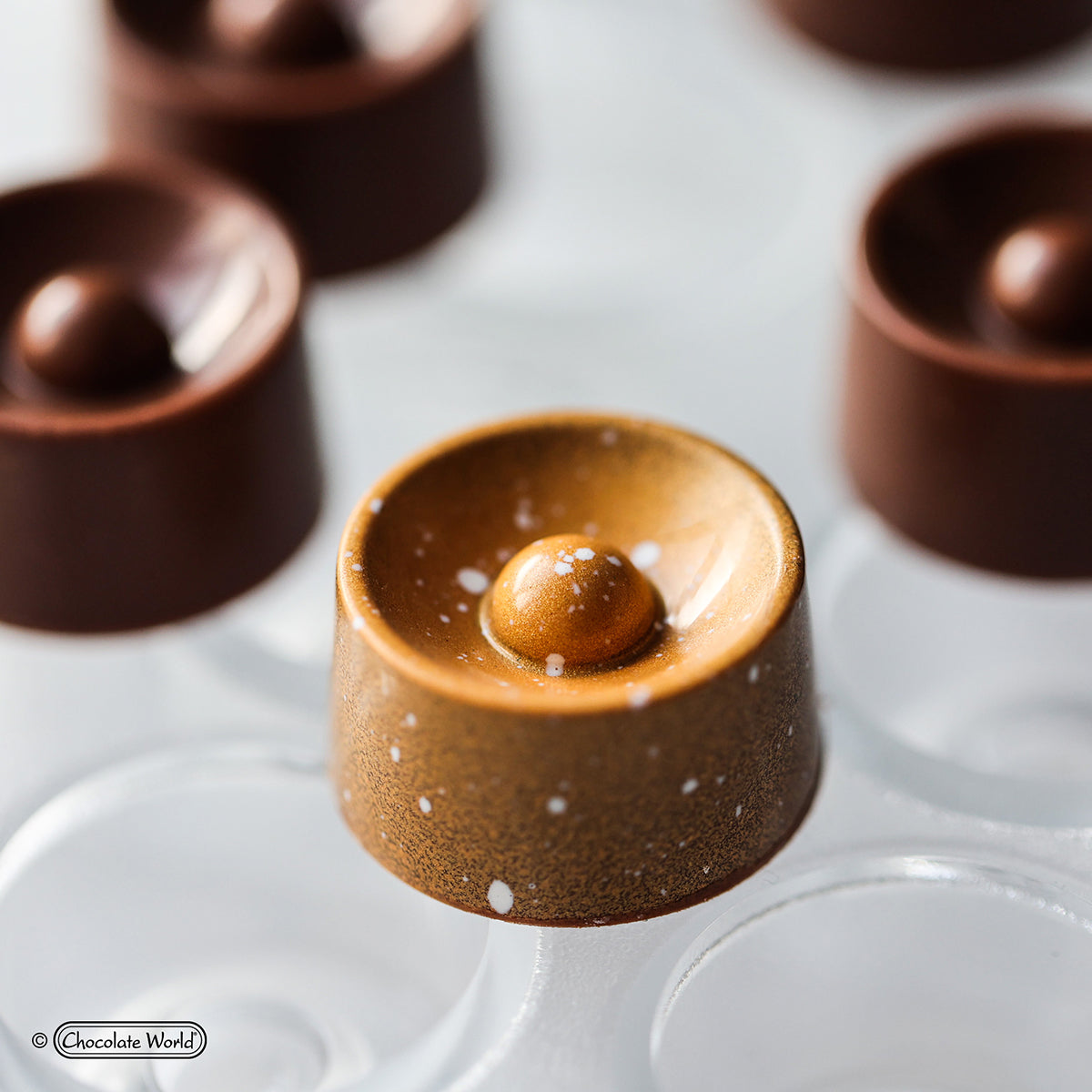
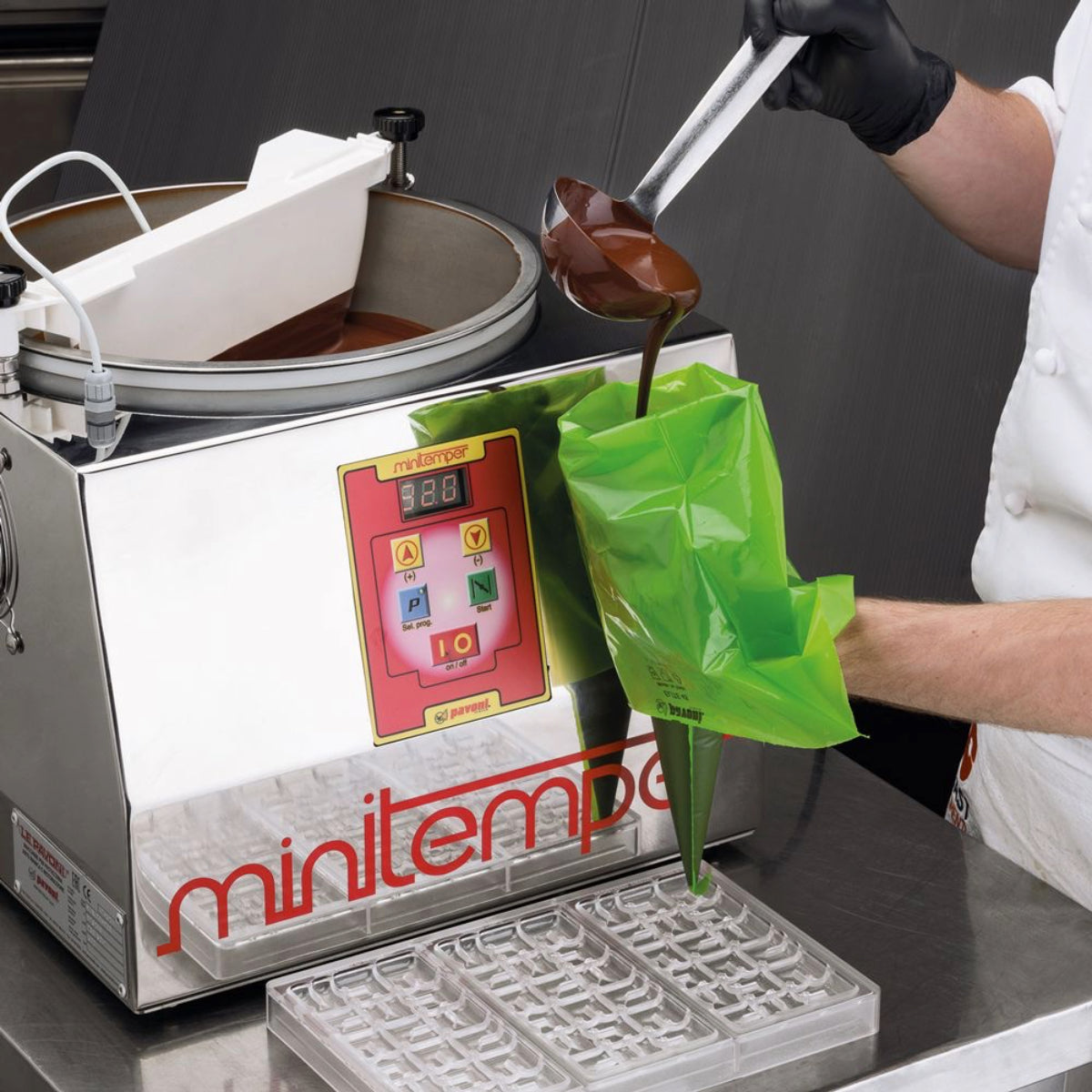
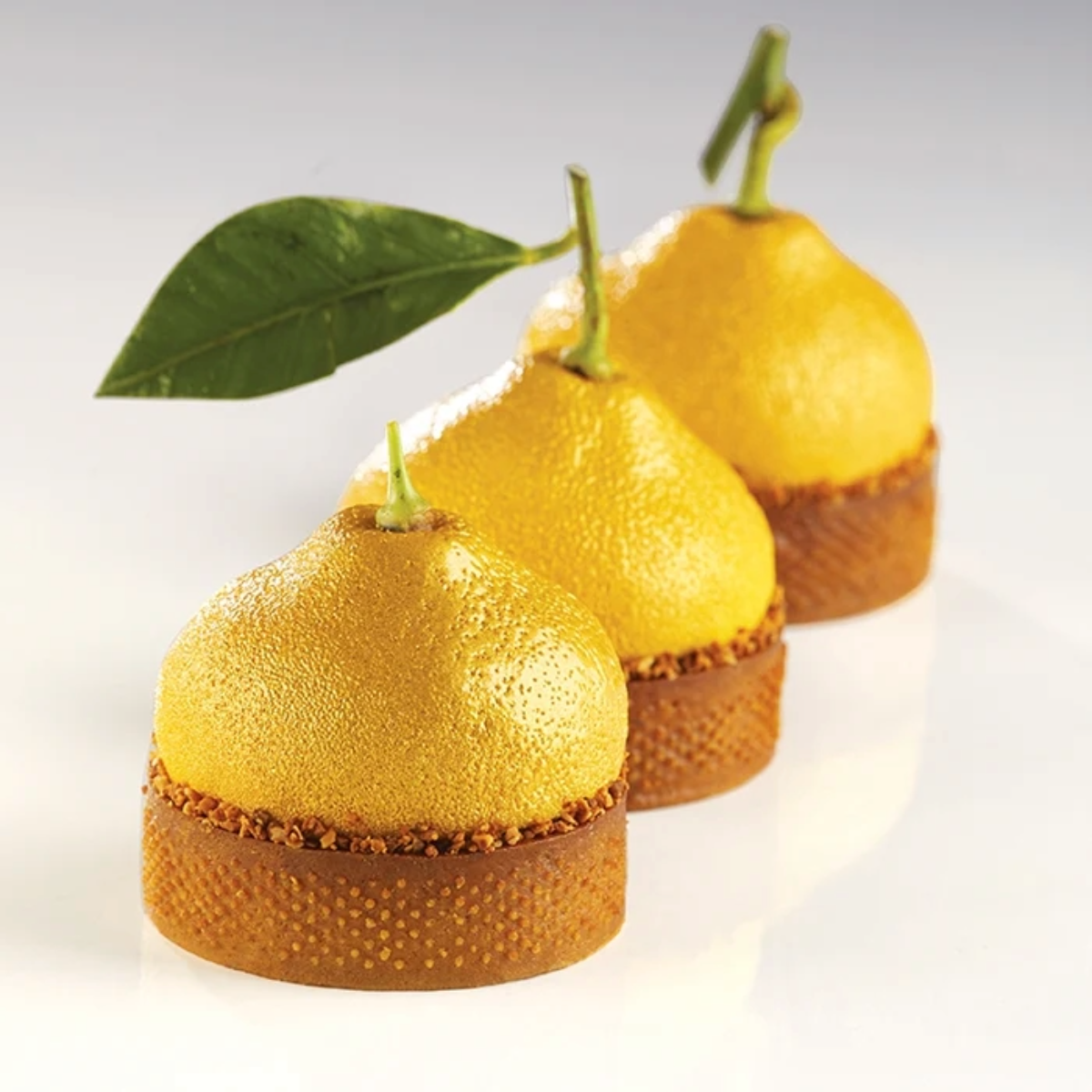
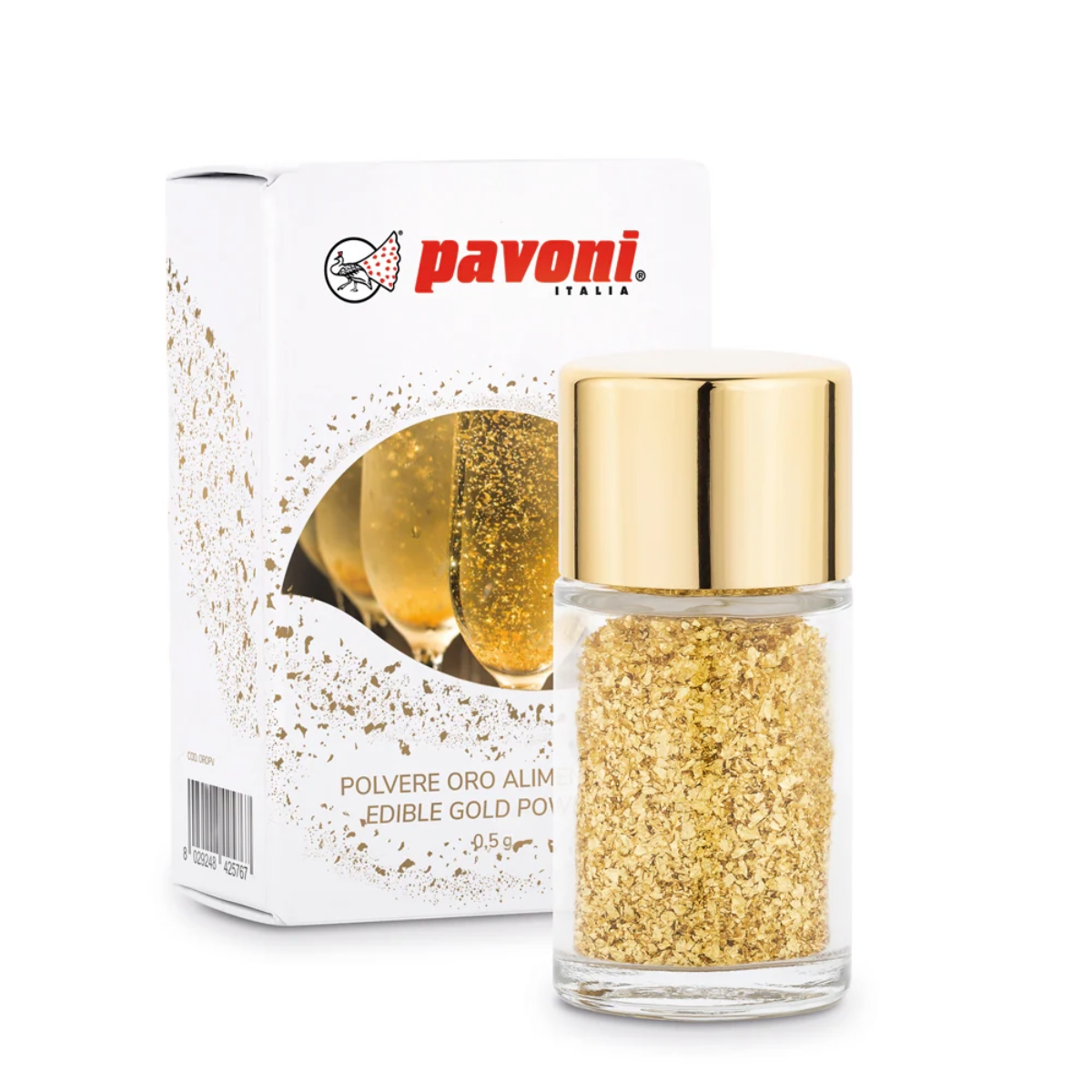

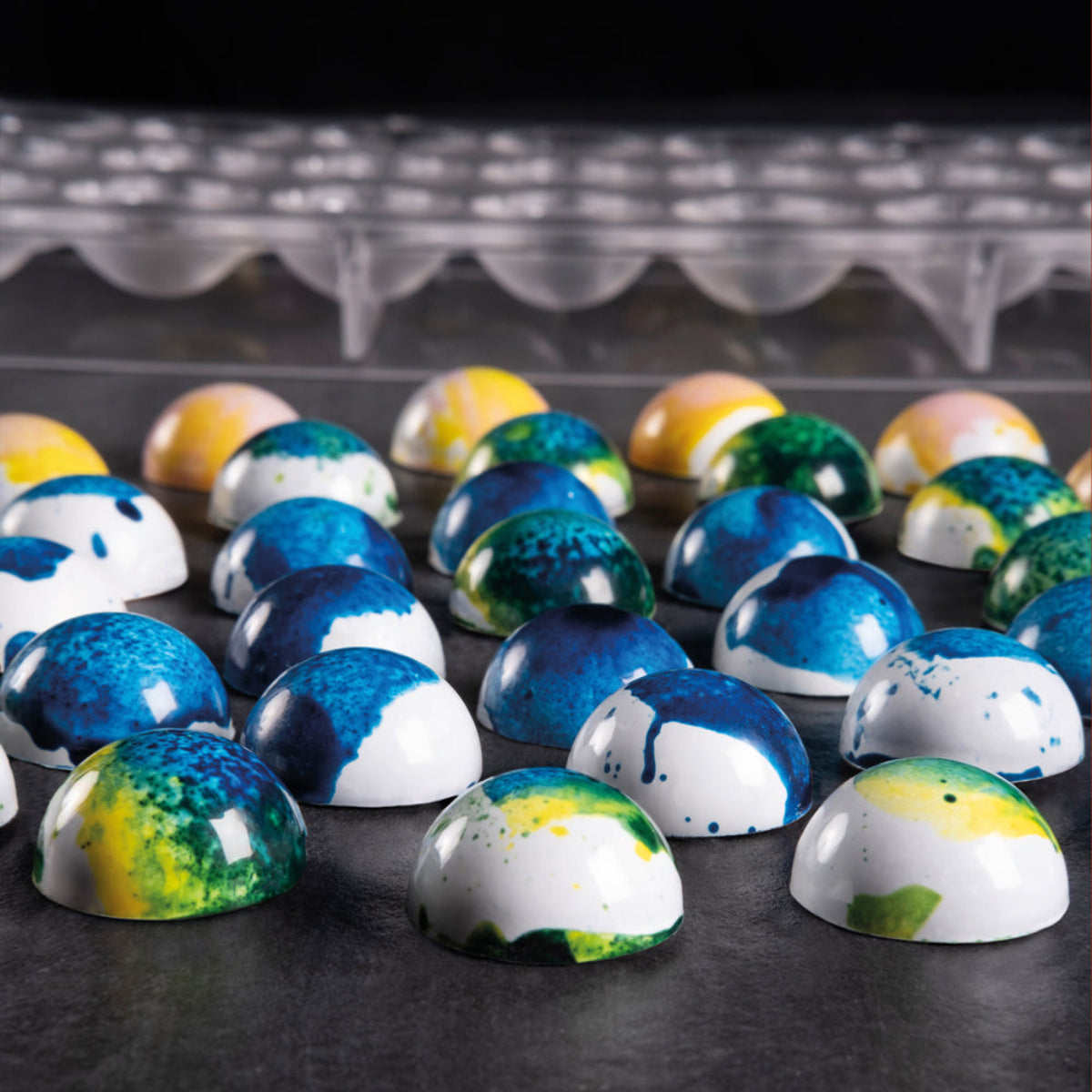



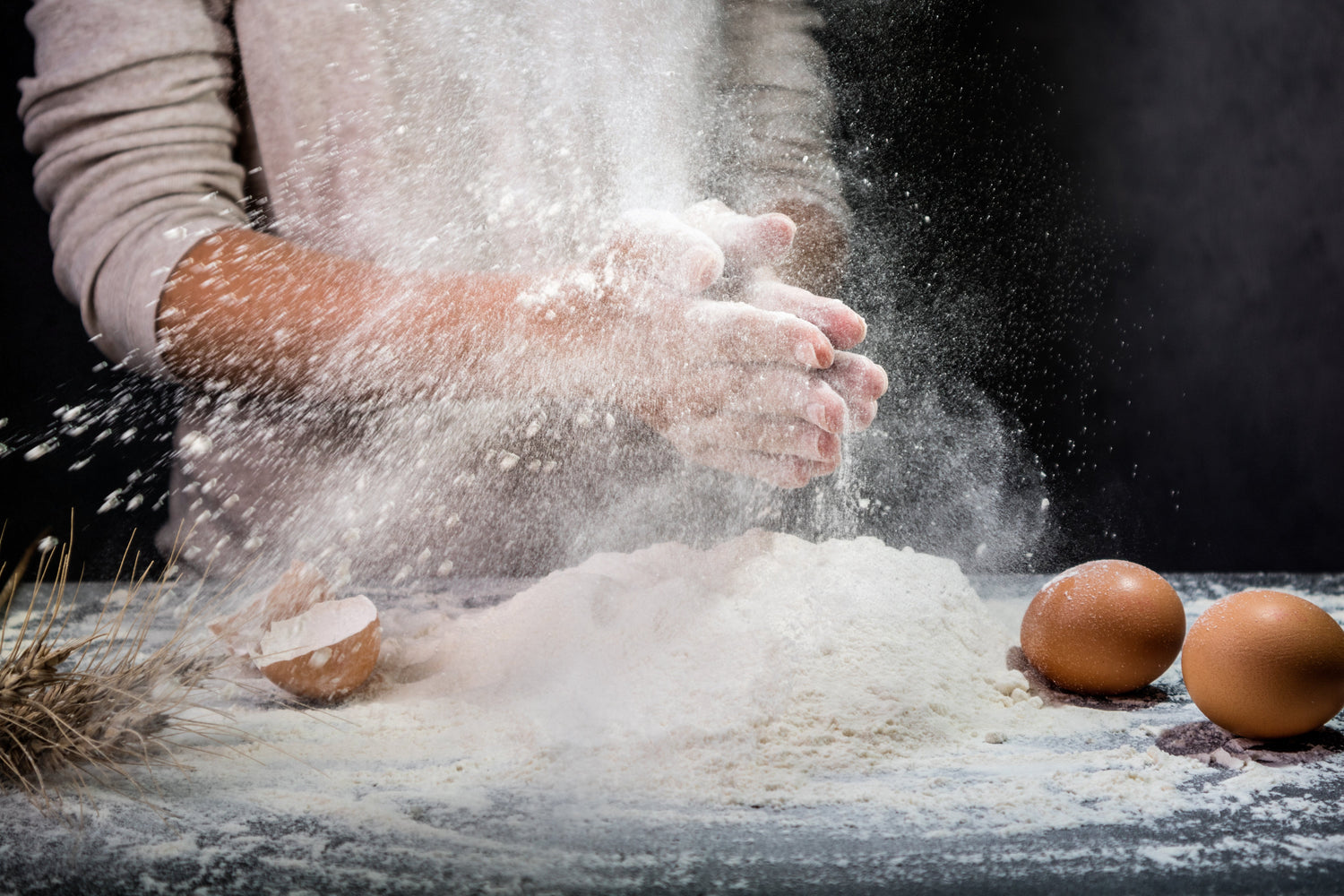
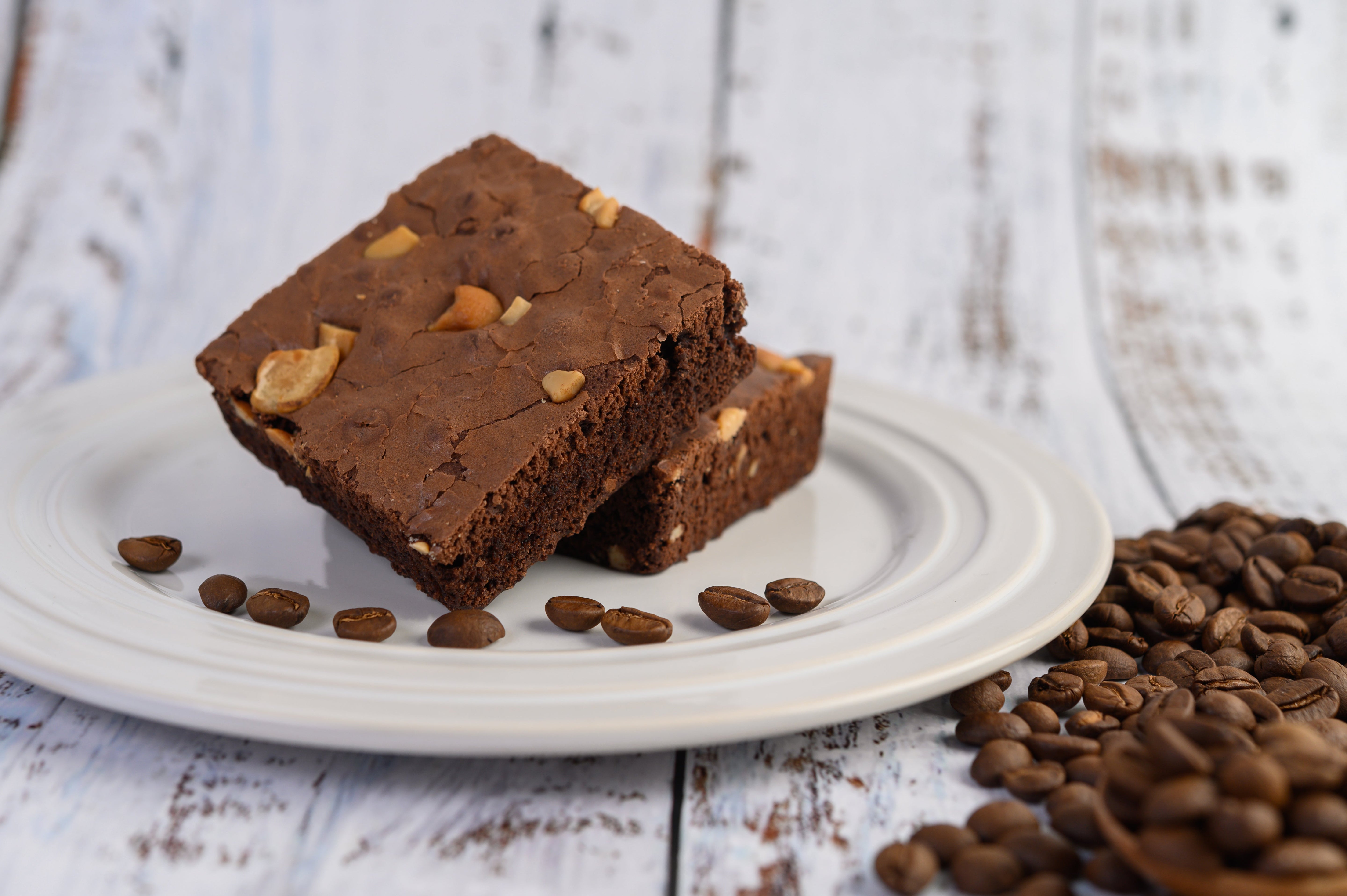
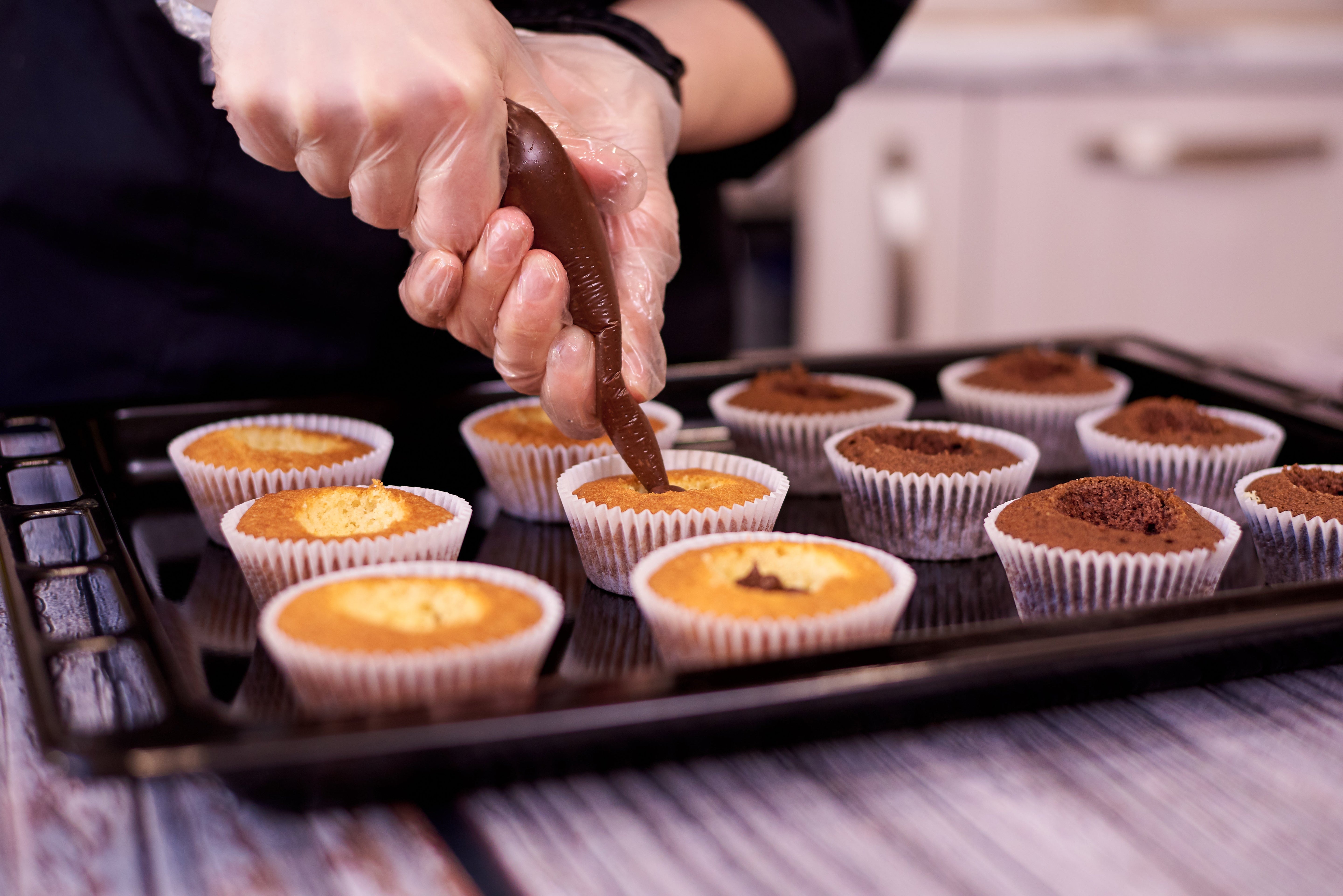























Laisser un commentaire
Tous les commentaires sont modérés avant d'être publiés.
Ce site est protégé par hCaptcha, et la Politique de confidentialité et les Conditions de service de hCaptcha s’appliquent.